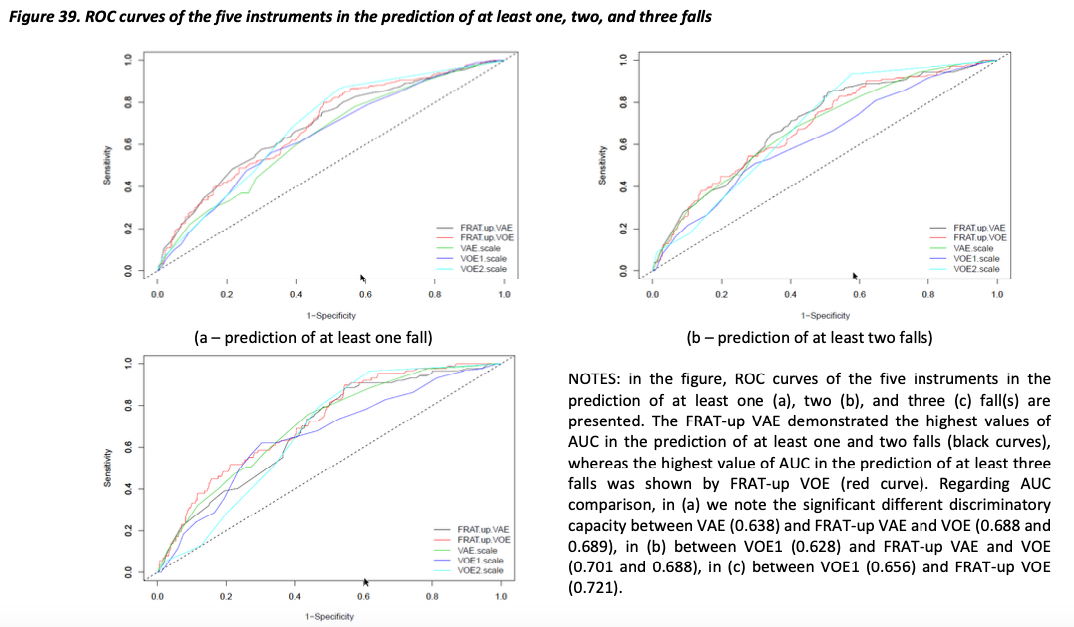Caselli Serena [PhD program in Public Health, curriculum in Health Services Research and Technology Assessment, School of Medicine and Surgery, University of Milan Bicocca, Milano, Italy – Unità Operativa Complessa di Medicina Riabilitativa, Azienda Ospedaliero-Universitaria di Modena, Modena, Italy]
La Porta Fabio [IRCCS Istituto delle Scienze Neurologiche di Bologna, Bologna, Italy]
Cortesi Paolo A. [Research Center on Public Health, University of Milan Bicocca, Monza, Italy]
Mantovani Lorenzo G. [Research Center on Public Health, University of Milan Bicocca, Monza, Italy]
Falls represent a significant public health issue for the elderly, also with neurological diseases, for their human, health, and material costs. Epidemiological studies identified fall risk factors (RFs), and international guidelines recommend a multifactorial removal approach of the modifiable fall RFs and the implementation of evidence-based effective interventions for people at fall risk. Nevertheless, investigators did not use unique classifications for fall RFs, and despite the use of numerous fall risk tools, it is not possible to detect and predict fallers with optimal diagnostic accuracy. Thus, this thesis aims: 1) to validate a fall risk serial screening algorithm with a high level of diagnostic accuracy in community-dwelling older people, also with associated neurological diseases; 2a) assess the neurological disease effect on the screening tests; 2b) validate an International Classification of Diseases (ICD) & Functioning (ICF) core set for the fall risk in the same sample.
Using data collected in the PRE.C.I.S.A. trial about the efficacy of a tailored intervention on fall risk, we performed the following analyses: 1) we calibrated VAE, VOE1 and VOE2 measurement scales with Rasch analysis (RA) and we calculated the two FRAT-up on the same variables; we studied the diagnostic accuracy of the single tools and the screening algorithms, obtained with serial combinations of the calibrated scales and the two FRAT-up tools, and with logistic regression models, in the prediction of at least one, two, and three (recurrent fallers) falls in the following twelve months; we compared their properties, with a purpose of external validation; 2a) we conducted a Differential Item Functioning (DIF) analysis for the calibrated scales and a t-test comparison for the two FRAT-up; 2b) we reviewed the fall RFs, and we linked them to the classification categories; we compared and integrated the core set with the existing Yen’s ICF core set for falls.
The sample consisted of 768 older adults. We calibrated VAE, VOE1, and VOE scales, showing a satisfactory fit to the Rasch model (χ213=43.4; p=0.08; χ212=17.5, p=0.13; χ26=32.9, p=0.04) and adequate reliability for individual measurement. The serial combination with ‘AND’ rule of the calibrated scales generated serial screening algorithms predicting fall risk based on cutoffs defined using an ‘ad hoc’ clinical method, which considered a higher cost for false negatives (≥1 fall: SE=62.4%; SP=71.0%; ≥2 falls: SE=72.8%; SP=63.2%; ≥3 falls: SE=79.3%; SP=60.0%). We calculated cumulative post-test probabilities of the serial combination of the scales, performing more effectively than the single tools, and additional algorithms based on logistic regression models using a parallel combination. We realized an external validation through the comparison with FRAT-up algorithms. We demonstrated that the neurological disease effect on tools’ performance is minor and manageable with RA. We validated an ICD&ICF core set for the fall risk in community-dwelling older adults, also with associated neurological diseases (103 fall RFs linked to 74 categories).
The described serial algorithms could constitute the first component of an effective fall prevention program in older adults, followed by the delivery of effective multifactorial and multicomponent interventions to people at risk in an outpatient ‘fall clinic’. Further projects are desirable to replicate all these findings in the context of larger, multicenter validation studies, improving the sample representativeness and then providing an economic evaluation of the proposed screening algorithms.
Gillespie LD, Robertson MC, Gillespie WJ, et al. Interventions for preventing falls in older people living in the community. Cochrane Database Syst Rev 2012;9:CD007146.
Allen NE, Schwarzel AK, Canning CG. Recurrent falls in Parkinson’s disease: a systematic review. Parkinson’s disease 2013;2013:906274.
Weerdesteyn V, de Niet M, van Duijnhoven HJ, Geurts AC. Falls in individuals with stroke. J Rehabil Res Dev 2008;45:1195-1213.
La Porta F, Lullini G, Caselli S, Valzania F, and the PRECISA Group (2022) Efficacy of a multiple-component and multifactorial personalized fall prevention program in a mixed population of community-dwelling older adults with stroke, Parkinson’s Disease, or frailty compared to usual care: The PRE.C.I.S.A. randomized controlled trial. Front.Neurol.13:943918.
Cieza, A, Fayed, N, Bickenbach, J, and Prodinger, B. Refinements of the ICF linking rules to strengthen their potential for establishing comparability of health information. Disabil Rehabil. (2019) 41:574–83.


